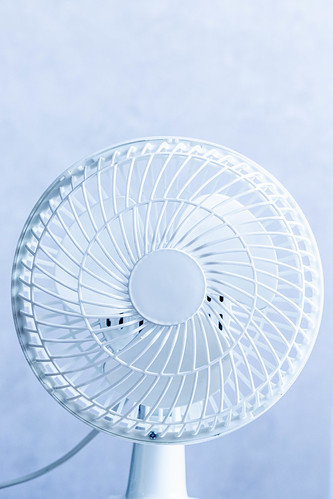Indoor air quality is essential for your health and well-being. However, a variety of contaminants from chemical cleaning supplies to pet dander can affect the air in your home, making it potentially dangerous for you and your family. According to a study by the Environmental Protection Agency, the air inside the average home is up to five times more polluted than the air outside. What can you do to improve your indoor air quality?
Schedule a Professional Air Quality Test
Indoor pollution can include harmful gases or particles released by indoor sources. With thorough testing, HVAC specialists can identify the causes of your indoor pollution and implement solutions to treat it.
Identify Sources of Pollutants
According to the Occupational Safety and Health Administration (OSHA), indoor air quality problems can occur in a variety of circumstances, including insufficient ventilation and poor air circulation, inadequate HVAC systems, high humidity levels, and moisture damage from leaks. Experienced HVAC professionals can identify and address these issues to remove dangerous pollutants and improve the air quality throughout your home.
Use Devices to Improve Indoor Air Quality

Dehumidifiers
High humidity levels create a breeding ground for mold, mildew, and dust mites. These pathogens are noxious to inhale and can damage some household appliances. A dehumidifier collaborates with the HVAC system to remove moisture from the air. Use portable models in any area of your house that tends to be damp, like the basement.
Humidifiers
Dry air is a source of respiratory issues and high energy costs. Your HVAC might have some trouble maintaining a healthy humidity level indoors when it is cold outside. If this is the case, humidifiers can help to improve air quality by adding moisture to it via water vapor or steam.
Ventilators
Ventilators can help to relieve the stuffy feeling present in some houses by allowing air to circulate. They work with your HVAC to use the power of the outgoing air to refresh the incoming air which contributes to lower energy consumption.
Carbon Monoxide Detectors
Carbon monoxide is a dangerous gas because it can cause poisoning and illness. Malfunctioning fuel-reliant appliances are the source of this airborne contaminant. Carbon monoxide It is difficult to detect because it is invisible and has no odor or taste. To avoid severe health issues, consider installing carbon monoxide alarms in your house, especially in the room sharing a door with your attached garage.
Ultraviolet Lamps
Ultraviolet lamps destroy mold and harmful bacteria before they infiltrate your air supply. They can prevent the development of severe mold and bacteria issues while enhancing the airflow and improving the air quality of your home.
Air Purifiers
When used with your HVAC, air purifiers capture bacteria, airborne pathogens, pollen, and pet dander. They also have the potential to eliminate common cold viruses.
If you think your air quality needs improvement, contact an experienced HVAC specialist to inspect your system and combat any potential issues. It is the best way to start improving the comfort and health of your family.

Leave a Reply